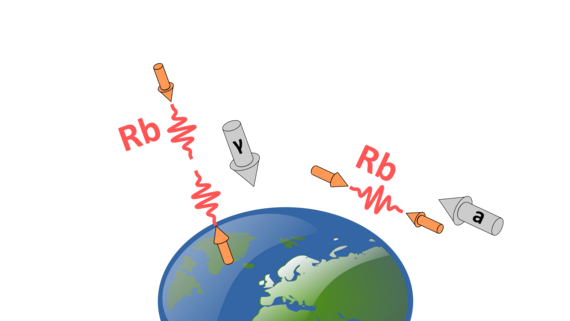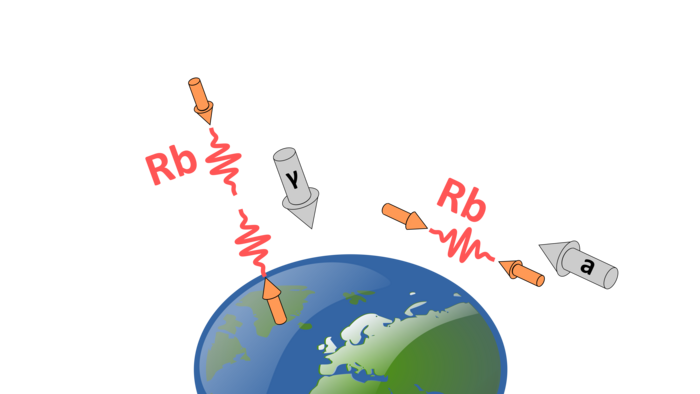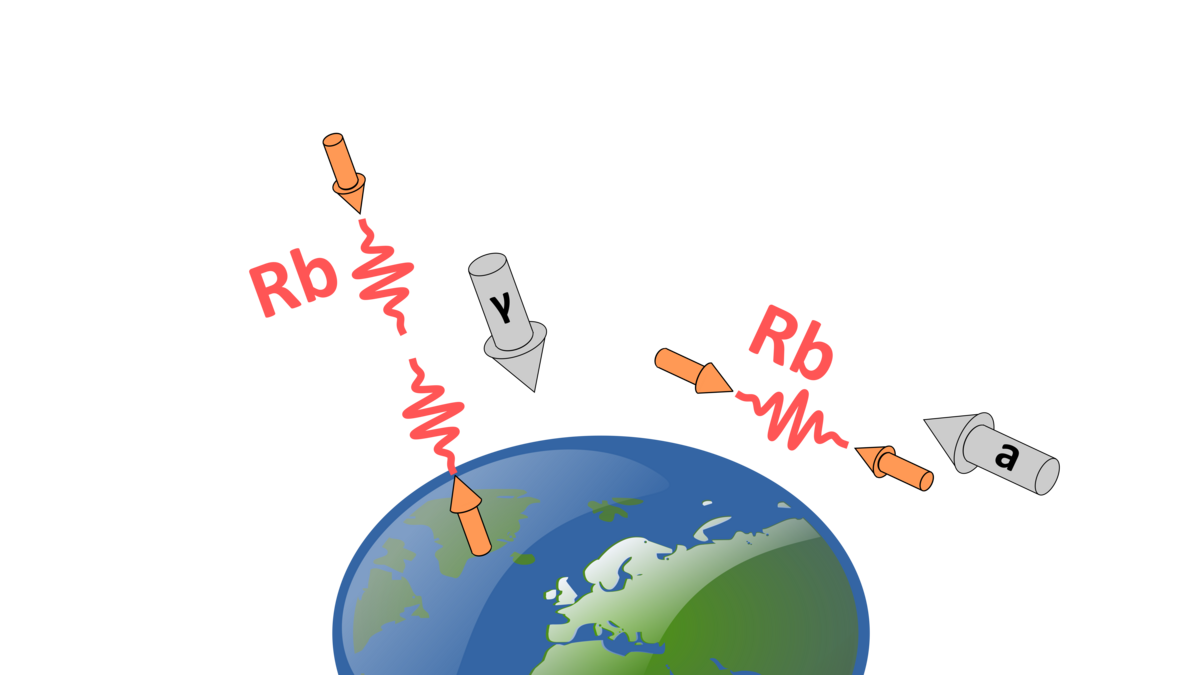


Atom interferometry in principle offers drift-free measurements of rotations, accelerations, and gravity gradients. In a space-borne device, the pulse separation time can be extended to several seconds and beyond. In typical interferometer geometries, this time enters the scale factor quadratically, and thus can enable a boost in sensitivity. Both aspects are relevant for geodetic applications, in which atom interferometers have the perspective to complement or replace classical sensors employed in past missions. In analogy to the GOCE mission, a 3D gravity gradiometer based on atom interferometry is of interest, and for a GRACE-type mission an atom interferometer for tracking residual acceleration to compensate for the drag. These sensor concepts may also be extended to multi-axis devices with applications in navigation.
We investigate different concepts of atom interferometers tailored for various mission types, derive the requirements onto the sensor, model residual errors affecting the performance of the instruments, targetting a feasible payload design. These activities are combined with the development and experimental test of new and applicable concepts.
We participate in the study of a proposed 3D gravity gradiometer based on differential atom interferometers for earth observation together with our partners from IfE (LUH), ZARM (Bremen), SYRTE (Paris), and LP2N (Bordeaux). Our tasks focus on generation, preparation, and transport of condensed atoms to the interferometer zone, the impact and control of rotations in the interferometer, and the requirements on the retroreflection mirror which serves as a reference for the interferometer. Without further modifications, and due to the rotation rate defined by the orbit, a single-axis gradiometer oriented cross-track, or a three-axis gradiometer in inertial pointing mode are possible, and the impact on geoid determination was analysed by our colleagues at IfE.
Research Goals
- Development of mission scenarios for earth observation with atom interferometers
- Identification of suitable atom interferometers and error modelling
- Experimental tests of relevant concepts


